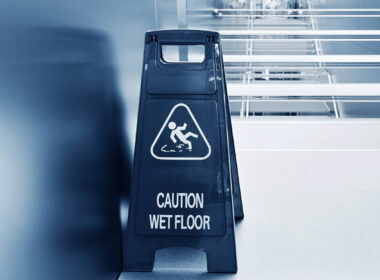Snapshot
- A recent Court of Appeal decision provides a useful reminder of the strict principles that apply when determining whether a defendant’s conduct was negligent and caused an injury.
- When considering the precautions that a reasonable person is expected to take in response to a risk of harm, a factor to be taken into account is whether a qualified expert recommended certain precautions.
- An important consideration in determining whether a risk warning ought to have been provided is whether the injured person would have heeded the warning.
In Farriss v Axford [2023] NSWCA 255 (‘Farriss 2023’), the appellants unsuccessfully appealed the Supreme Court’s decision to reject a claim for compensation for an injury Mr Farriss sustained while operating a boat owned by the respondents. When examining the reasonable precautions against a risk of harm, it is necessary to identify and analyse the risk in accordance with the relevant provisions of the Civil Liability Act 2002 (NSW).
Background
On 24 January 2015, Timothy Farriss (founding member and lead guitarist of the band INXS) was injured in a boating accident when his left hand was caught in an electric anchoring system used to raise and lower the boat’s anchor.
Mr Farriss’ left ring finger was severed and he suffered injuries to his left index and middle fingers. He suffers ongoing disabilities of his left ring finger (Farriss v Axford (No 3) [2022] NSWSC 20 (‘Farriss (No 3)’) at [248]).
On 23 January 2015, Mr Farriss chartered a boat called ‘Omega’ for a weekend away with his wife to celebrate their anniversary.




